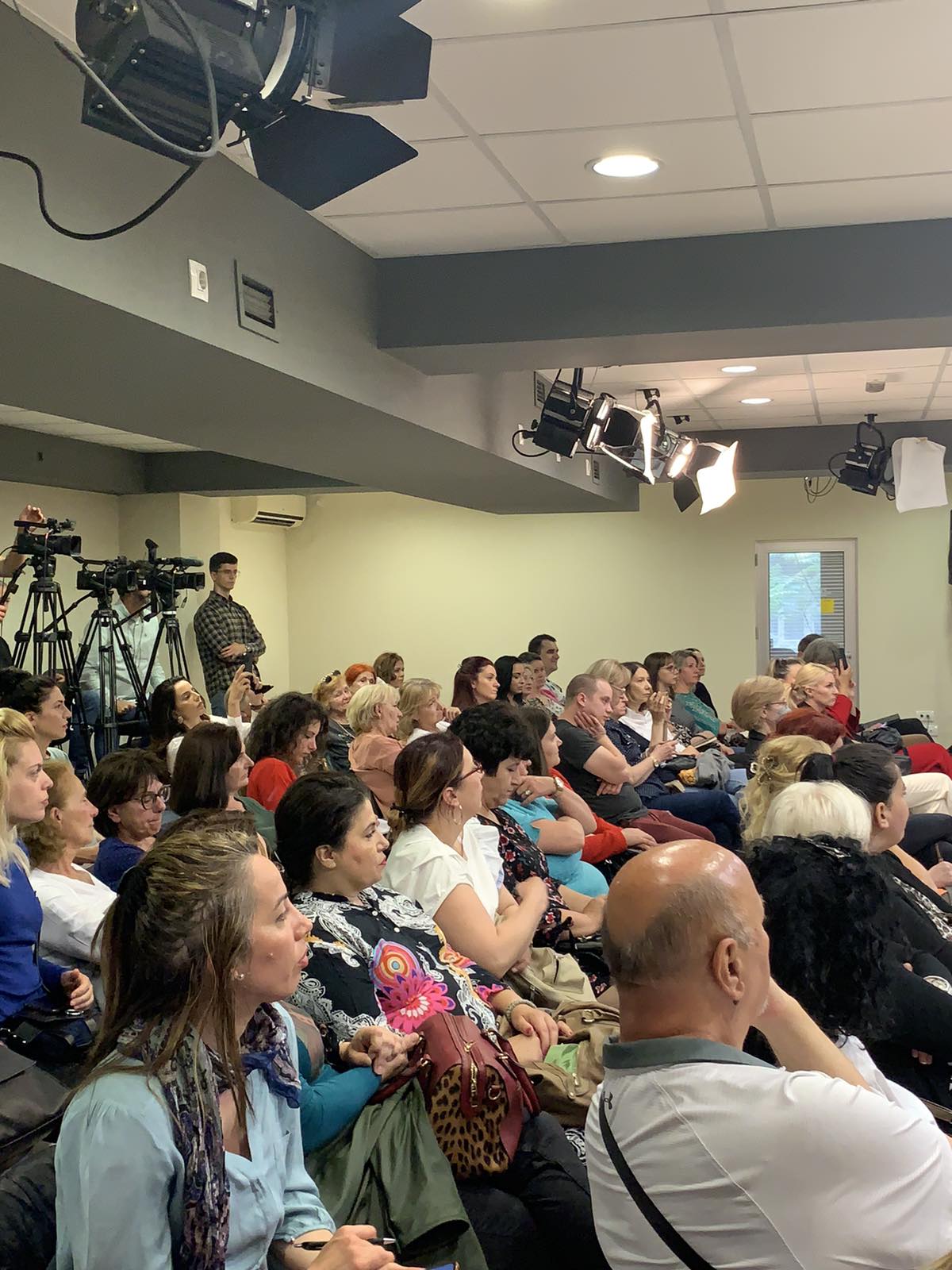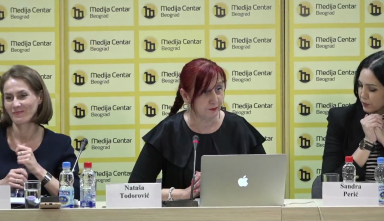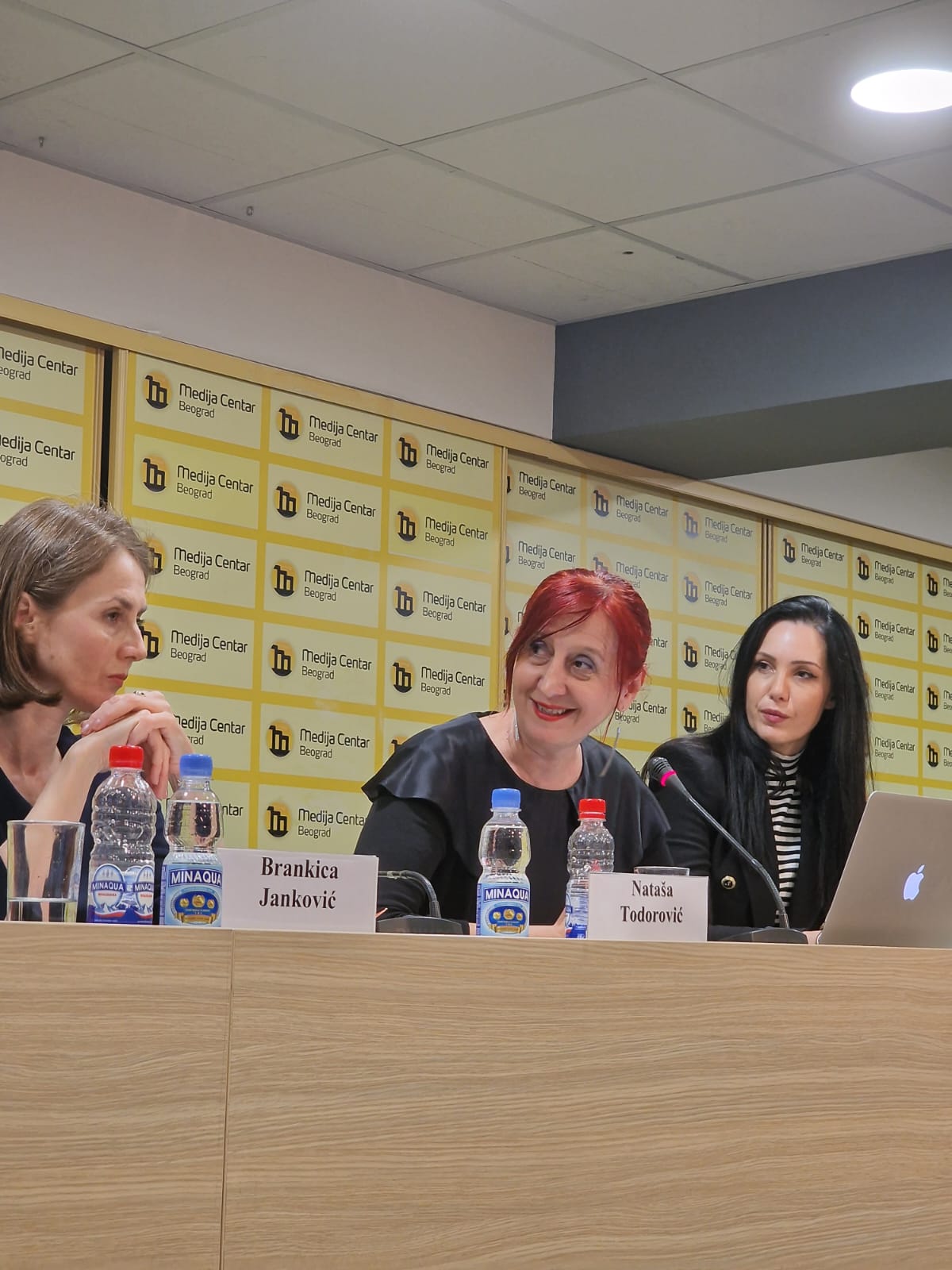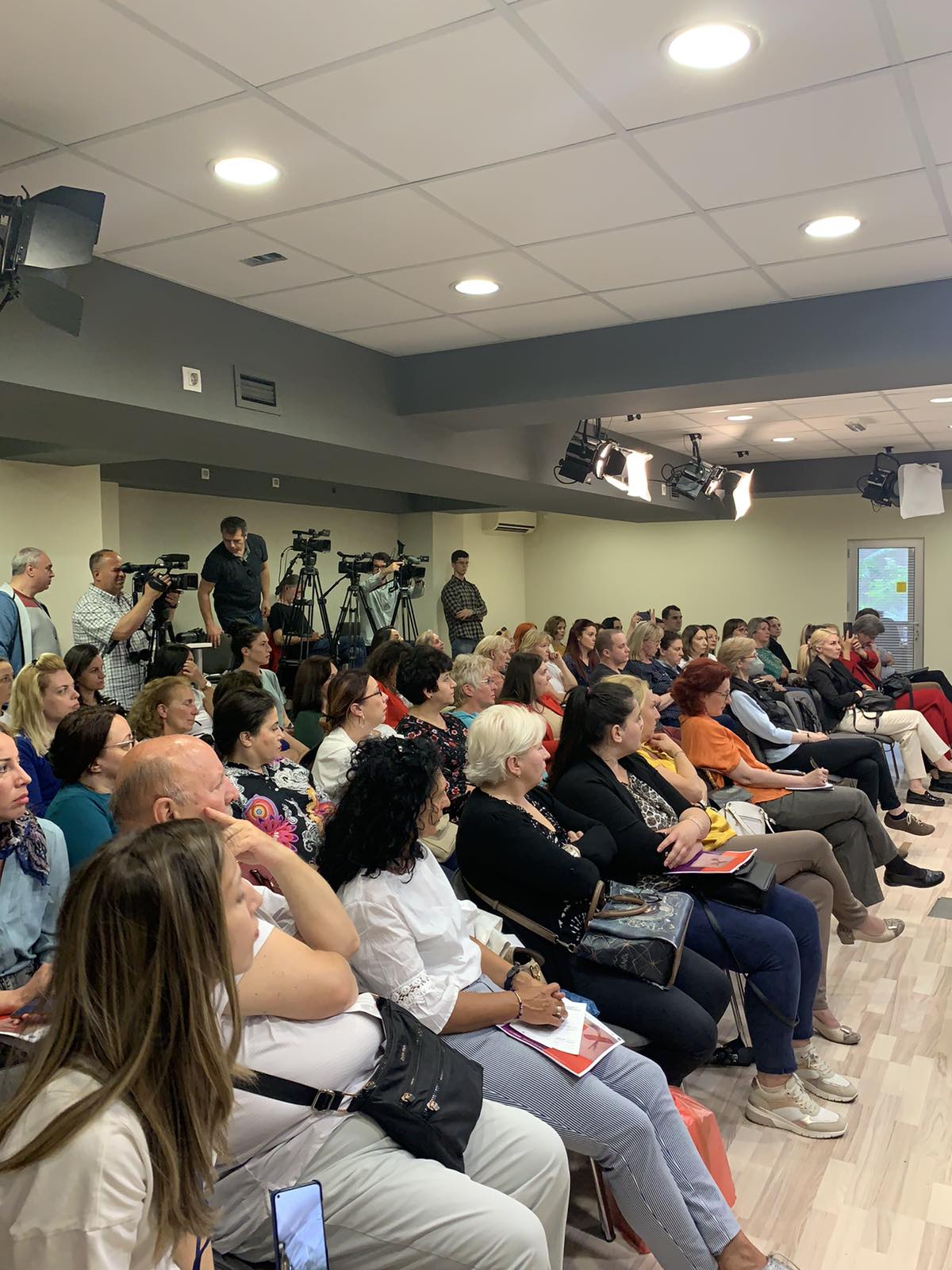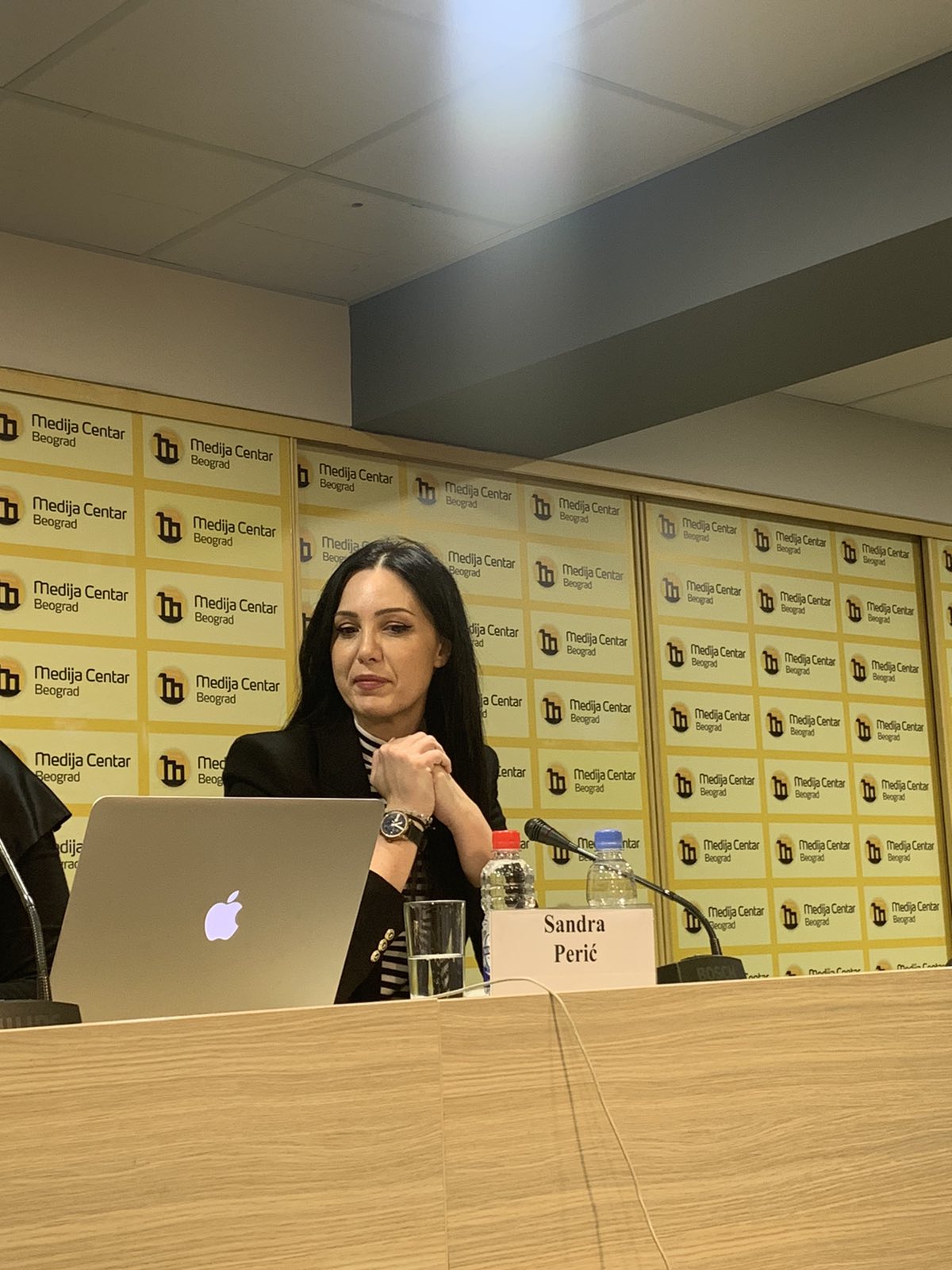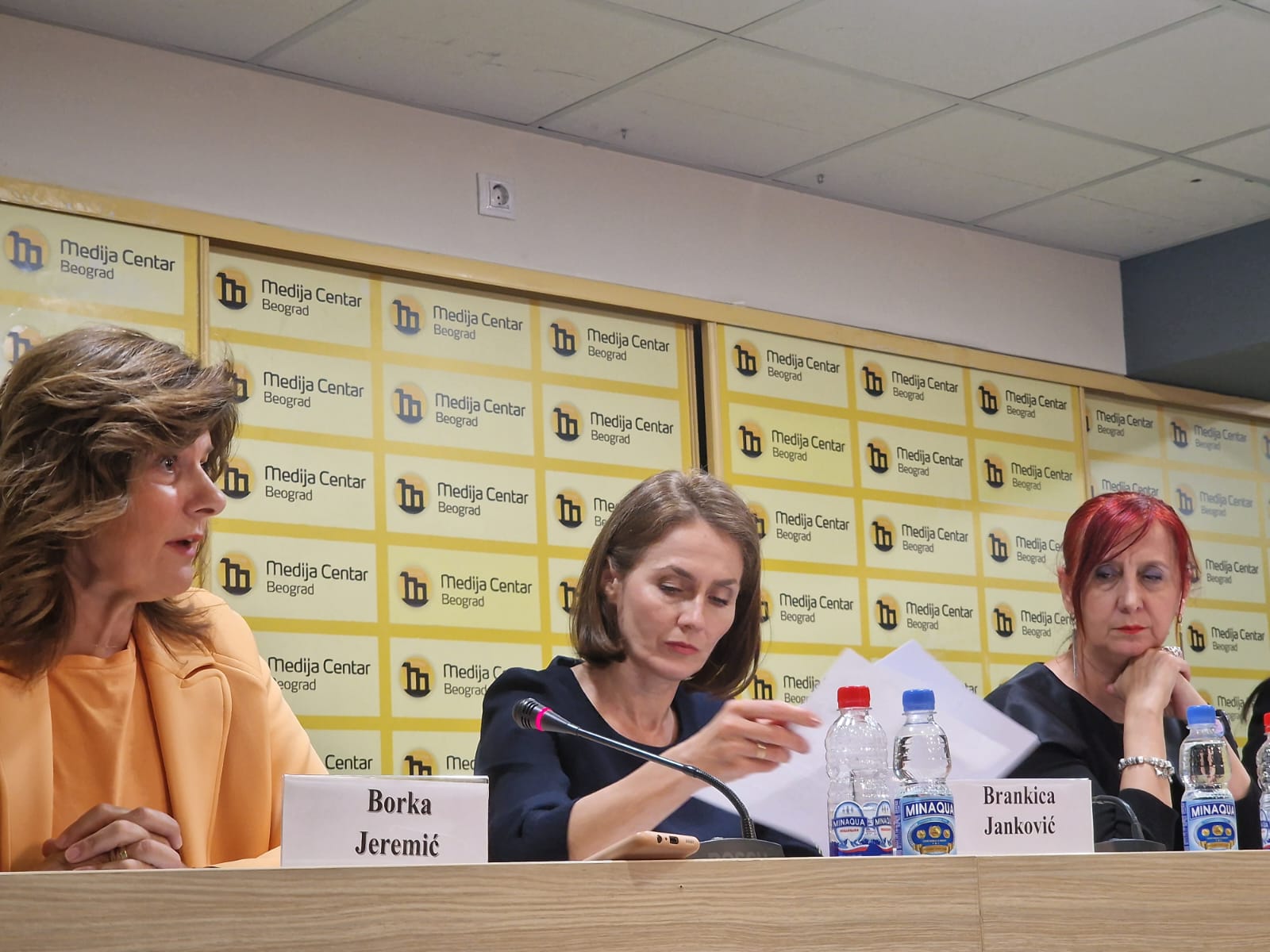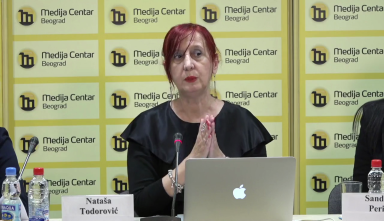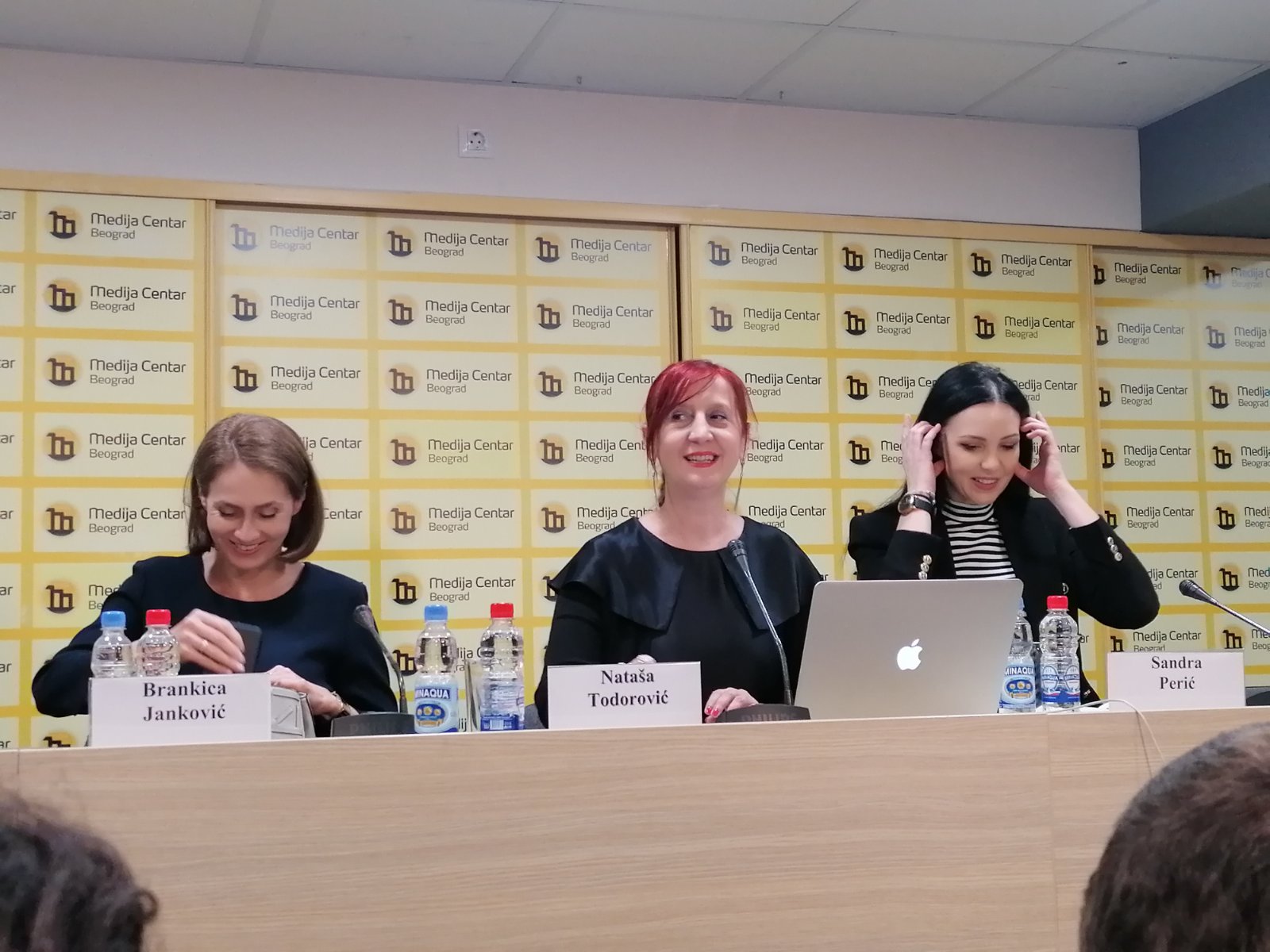World Elder Abuse Awareness Day
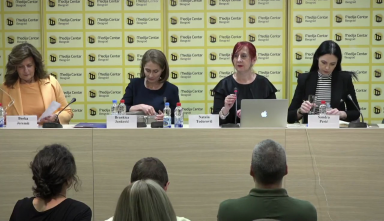
The Red Cross of Serbia, in cooperation with the Commissioner for the Protection of Equality, marks June 15 - World Elder Abuse Awareness Day. This date has been commemorated worldwide since 2006, and in Serbia since 2007 following the initiative by and organised by the Red Cross of Serbia. The central topic of today is gender-based violence against older women. The conference “Closing the Circle: Addressing Gender-Based Violence (GBV) in Older Age - Policy, Law and Evidence-based Responses” was dedicated to this topic, which is also this year’s slogan of the World Elder Abuse Awareness Day.
The conference was attended by Nataša Todorović, Red Cross of Serbia, INPEA representative for Europe, Brankica Janković, Commissioner for the Protection of Equality, Borka Jeremić, head of the United Nations Population Fund (UNFPA) office in Serbia and Sandra Perić, Head of the Chamber for Social Protection .
Todorović presented research in which the Red Cross of Serbia participated and which dealt with gender-based violence against older women in the region (in addition to the countries of the region, Moldova and Ukraine were included). She stated that there are several reasons why this year's focus is on women. They live longer, often in poorer health, in greater poverty and are often informal caregivers. The results show, Todorović pointed out, that more than half of older women in the region experienced some form of gender-based violence during their lifetime.
Controlling, abuse, blackmail, economically based violence by an intimate partner are the most common forms of psychological violence, and the consequences are anxiety, sleeping difficulties, loss of self-confidence, depression, panic attacks, said Todorović and pointed out that depression ranks second on this list in Serbia. She also pointed to the consequences of the most serious incident of physical violence in an intimate partnership. According to her, the most common are bruises and scratches, followed by internal injuries, wounds, sprains, burns, concussion, broken bones or teeth, and miscarriage. Among the significant risk factors are disability, economic dependence, as well as patriarchal norms and values, as well as forced and early marriages, and women who experienced violence as girls suffer more often from partner violence. According to Todorović, the perpetrators of non-partner violence are more often people close to the woman, such as friends, acquaintances, neighbors or relatives and family members, and not strangers. The data also show that women often decide not to talk about the violence they suffer. That is why, according to Nataša Todorović, it is necessary to change the existing regulations related to domestic violence. Older women should be recognized as a risk group. Also, it is necessary for the entire society to be sensitized and educated in order to adequately respond to this social problem.
Janković said that in Serbia there is too much focus on economic development while important topics are neglected, and that we should return to life. She drew attention to the fact that gender-based violence affects women throughout the entire life cycle, which is influenced by patriarchal patterns and a number of socioeconomic factors such as poverty or ageism. The commissioner praised the fact that the number of cases of reported violence is increasing, which does not mean that there is more of it today, but that studies should be done that shed light on the problem of violence over time in a comparative framework. She recalled that older women do not want to talk about violence, which is largely a consequence of the patriarchal context and upbringing. Janković pointed out that this topic is being considered in our country, and this is also shown by the fact that Serbia was among the first eight countries that ratified the Istanbul Convention in 2013. However, she concluded that there is still a lot of work to be done, especially in the field of prevention which is closely related to education, and that we must devote ourselves to dismantling stereotypes because they are the basis of discrimination, the ultimate outcome of which can be violence. Also, that we should work on creating a new strategic document on aging as soon as possible. “Education, social and health care are vitally important services and they should be emphasized,” the commissioner stressed.
Jeremić reiterated that violence against older persons is rarely reported, that the abuse of the older persons is often hidden, and that in principle, aging in our country is viewed through a negative lens. However, according to her, this ignores the contributions of older persons to the community. She pointed out that the analysis of data obtained from the population census showed that the share of people older than 65 in the population increased from 17.4% to 22.1% in the last ten years, and that the average age of the population also increased by one and a half years and now it is 43.8 years. Jeremić paid special attention to the problem of loneliness and social isolation. Research on this topic showed that two thirds of older persons in Serbia feel lonely, and the loneliest are women living in rural areas alone.
The Director of the Chamber of Social Protection, Sandra Perić, drew audience’s attention to the fact that in our environment, a lot of attention is paid to children, while the problem of violence against older persons and pwersons with disabilities is often not given the same importance, and that this should be corrected. She said that when it comes to violence against older persons, the conversation should also include violence that occurs in institutions and that can often be unintentional, as a result of insufficient education of caregivers. As one of the problems, she pointed out the situation in which the consequences of violence against the resident can be seen only after admission to the institution. Nevertheless, Perić stated, in addition to the visible consequences of physical violence, it is necessary to deal with the problem of neglect in more detail, which is also a form of violence, but for which protection procedures are rarely initiated, even though there are legal grounds for this. It is not uncommon to see a person who is malnourished, dehydrated, living in unsanitary conditions and without income, and has children who do not pay attention to them. In the case of physical violence, the participants in the system are much more open to putting the problem within the legal framework. Perić also raised the topic of femicide as important and pointed out that on an annual basis, women over 65 make up 20 percent of the victims.
In Serbia, 16% of older women aged 65 to 74 experienced some form of violence after turning 65. This type of violence is hidden, and its victims rarely decide to report it.
According to WHO data:
Approximately 1 in 6 people over the age of 60 have experienced some form of abuse in the community in the past year.
Rates of elder abuse are high in facilities such as nursing homes and long-term care facilities, with 2 in 3 staff members admitting to abuse in the past year.
One in seven older women, that is, over 68 million older women worldwide, have experienced some form of violence, and this type of violence has not received the same public health attention as other forms of violence or even the same attention within the existing prevention of violence against women.
